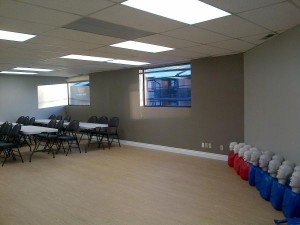Female gymnasts are often a sight to watch
especially when they perform routines in uneven bars. From changing from the high bar to the low bar,several of these routines consist of difficult circles, kips, beats, beats and transitions. The agility and skills of gymnasts often amaze their spectators. However, unknown to their viewers is the constant friction between the skin of the hands and these steel bars. This constant friction frequently leads to blisters in the palm of the hands, which are painful and annoying.
A blister forms when the two most superficial layers of the skin, epidermis and dermis separate, creating a small pocket of fluid. Blisters are commonly filled with a clear fluid called plasma or serum. However, blisters can also be filled with pus, if infected, or blood, also called blood blisters. Blood blisters occur when friction causes tiny blood vessels to rupture.
Although, friction or forceful rubbing to the skin is frequently the cause, contact with chemicals such as detergents may also lead to blisters. Moreover, heat, such as from scalds and sunburn, and even freezing are also causes. Medical conditions, such as chickenpox and impetigo, and infection in wounds also lead to blisters. The most common sites for blisters are the feet, due to the friction between the feet and the shoes, and hands due to manual labor.
Blisters usually begin with a red spot in the area where there is irritation. In due course, a bubble-like sac, often painful, appears on the affected area. Infection occurs when the fluid sac is ruptured and begins to form pus. If the infection advances, red streaks running upward from the site of the blister suggest cellulitis. Oftentimes, blisters do not require medical attention. However, if an infection progresses or the casualty develops fever, it is better to seek medical attention. Additionally, if the blister recurs, seek for medical advice.
As previously mentioned, most blisters do not require medical attention and will heal naturally. While new skin will grow beneath the blister, the body will reabsorb the serum and the skin above will dry and peel off. Generally, the blister should not be popped, as the unbroken skin over the blister remains a natural barrier from infection. Popping blisters using a needle may lead to infections or increase healing period. Furthermore, after the skin has healed, let the skin peel off on its own. Small blisters may be covered with plasters. For larger blisters, a gauze pad or dressing may be taped in place. If the blister is located in a position where it is likely to burst, soft dressings such as cushions, may be used to protect them. Dressings should be changed daily. Moreover, it is important to use clean hands before handling blisters to avoid infection.

First aid treatment can be administered to blisters. Many online articles can be read on how to administer first aid on blisters, however, these articles do not substitute for the knowledge and practical training taught by first aid classes.
